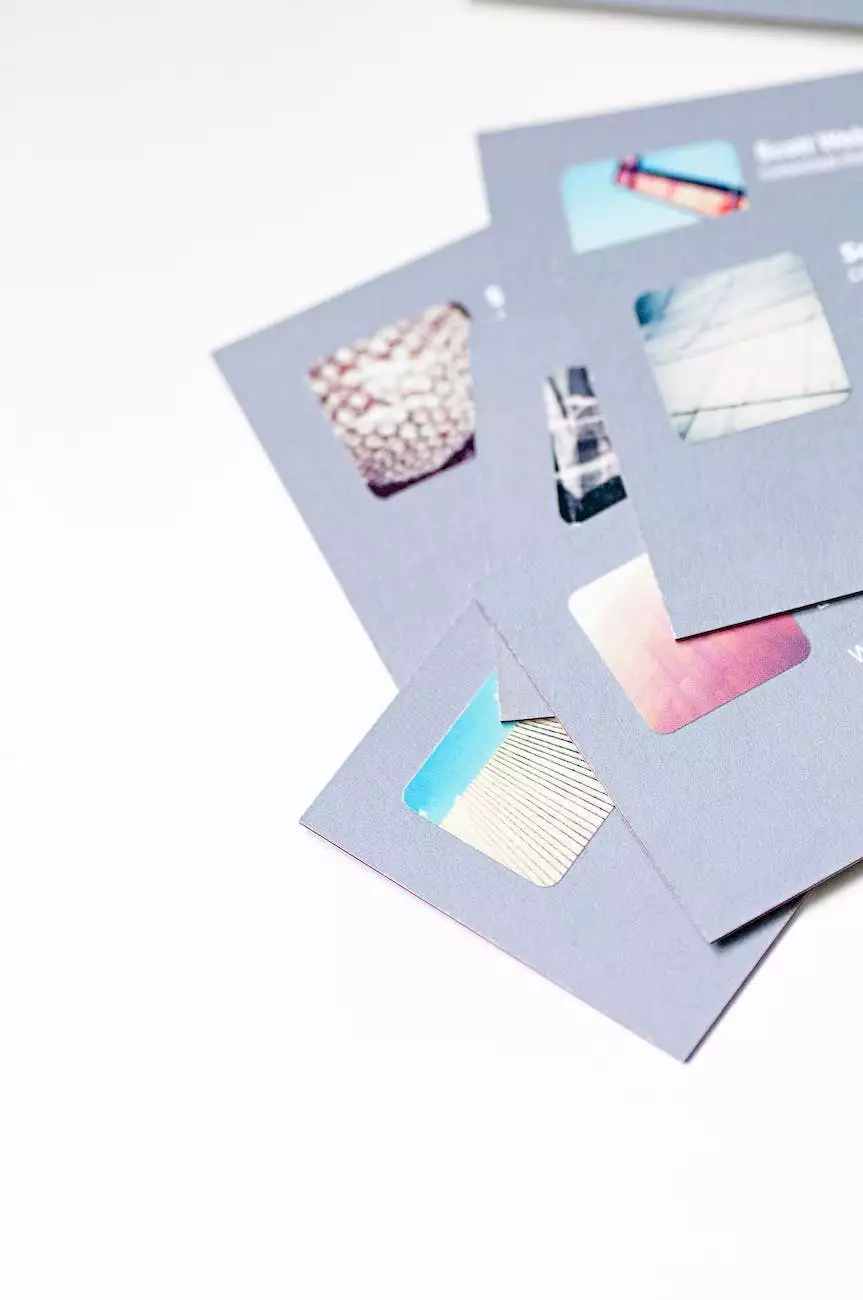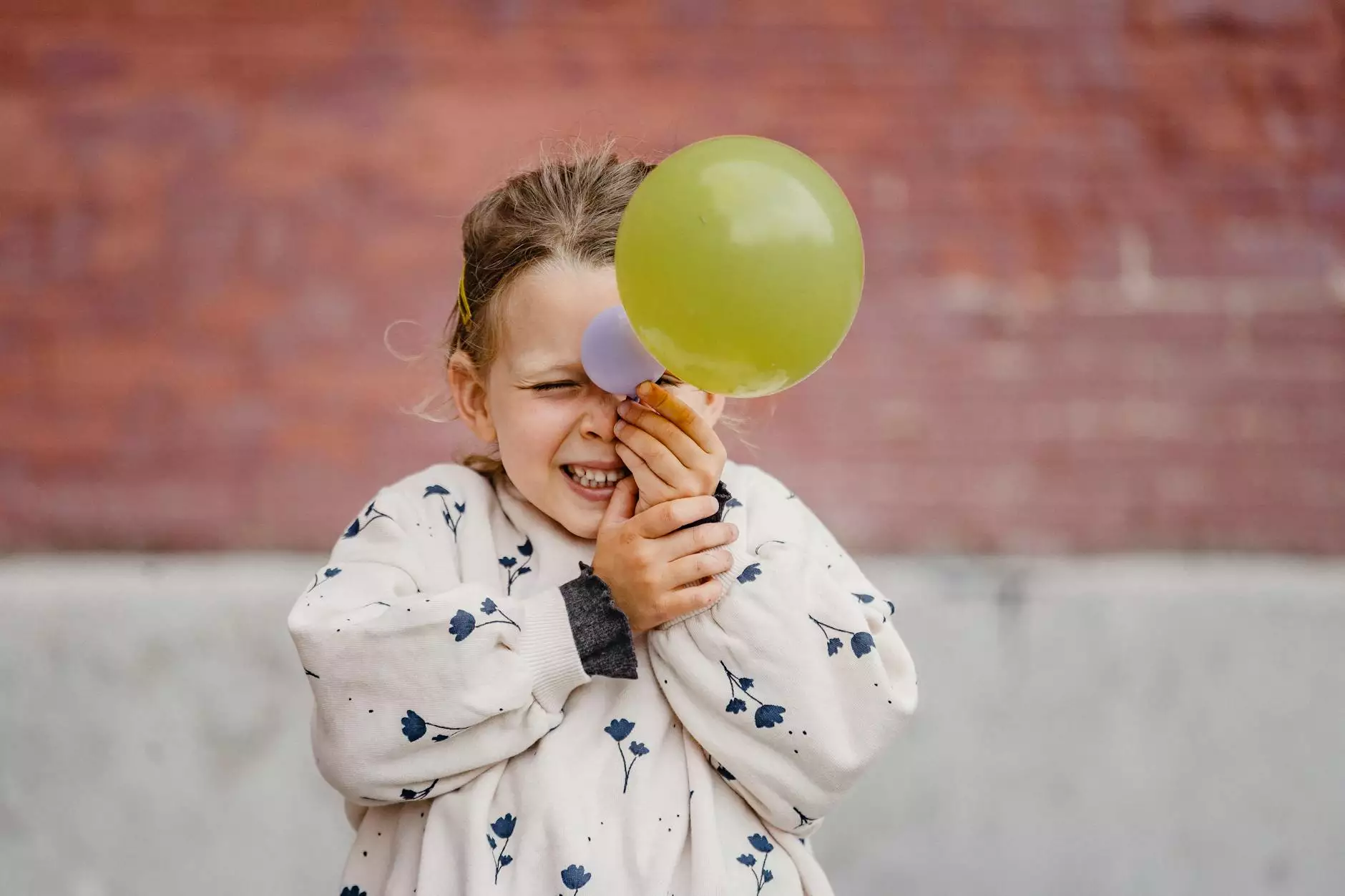Montessori Inspired Learning Your Name Sensory Bin

Introduction to Montessori Inspired Learning
Welcome to The Knowledge Nest, your ultimate resource for all things Montessori inspired learning. In this comprehensive guide, we will explore the fascinating concept of sensory bins and how they can enhance your child's educational journey.
What is a Sensory Bin?
A sensory bin is a container filled with various materials that provide a rich sensory experience for children. These bins are specifically designed to stimulate different senses - sight, touch, sound, and even smell. By engaging multiple senses, sensory bins provide a multi-dimensional learning experience that enhances cognitive development, creativity, and problem-solving skills.
Benefits of Montessori Inspired Sensory Bins
Montessori inspired sensory bins offer numerous benefits for children of all ages. Firstly, they foster independent play and encourage self-discovery. As children engage with the materials in the bin, they learn to explore, experiment, and problem-solve on their own. This sense of autonomy promotes confidence and a love for learning.
Secondly, sensory bins promote sensorial exploration and fine motor skills development. As children manipulate objects, scoop, pour, and transfer materials within the bin, they refine their hand-eye coordination, dexterity, and muscle control. These skills are crucial for later academic pursuits, such as writing and drawing.
Additionally, sensory bins offer a platform for language and literacy development. By describing their discoveries and engaging in pretend play scenarios, children expand their vocabulary, improve communication skills, and strengthen their imagination.
Creating Your Own Montessori Inspired Sensory Bin
Now that you understand the benefits of sensory bins in Montessori inspired learning, it's time to create your own! Follow these simple steps to ensure an engaging and educational experience for your child:
Step 1: Choose a Theme
Start by selecting a theme for your sensory bin. It can be related to a particular season, animal, letter, number, or any other topic that your child finds interesting. Consider incorporating their current interests to spark curiosity and engagement.
Step 2: Select Materials
Gather a variety of materials that are safe, age-appropriate, and relevant to the chosen theme. Examples include colored rice, sand, water, dried beans, natural objects like leaves or pinecones, small toys, and textured fabrics. Remember to avoid small objects that could pose a choking hazard for young children.
Step 3: Provide Tools for Exploration
Next, offer a range of tools and containers for your child to manipulate the materials in the sensory bin. These can include scoops, measuring cups, spoons, tongs, small shovels, and buckets. Introducing different tools enhances fine motor skills and provides a varied tactile experience.
Step 4: Encourage Open-Ended Play
Once the sensory bin is ready, invite your child to explore and play freely. Encourage open-ended play by allowing them to follow their own interests and imagination. Be present to observe, ask open-ended questions, and provide guidance when needed, but let them take the lead in their learning journey.
Conclusion
Montessori inspired sensory bins are a wonderful tool to promote holistic development in children. They offer a unique learning experience that engages the senses, fosters independence, and enhances various skills critical for future academic success. Follow the steps provided to create your own sensory bin, and embark on a journey of joyful learning with your child. At The Knowledge Nest, we are committed to providing you with valuable resources and insights to support your Montessori inspired learning adventures. Happy exploring!









